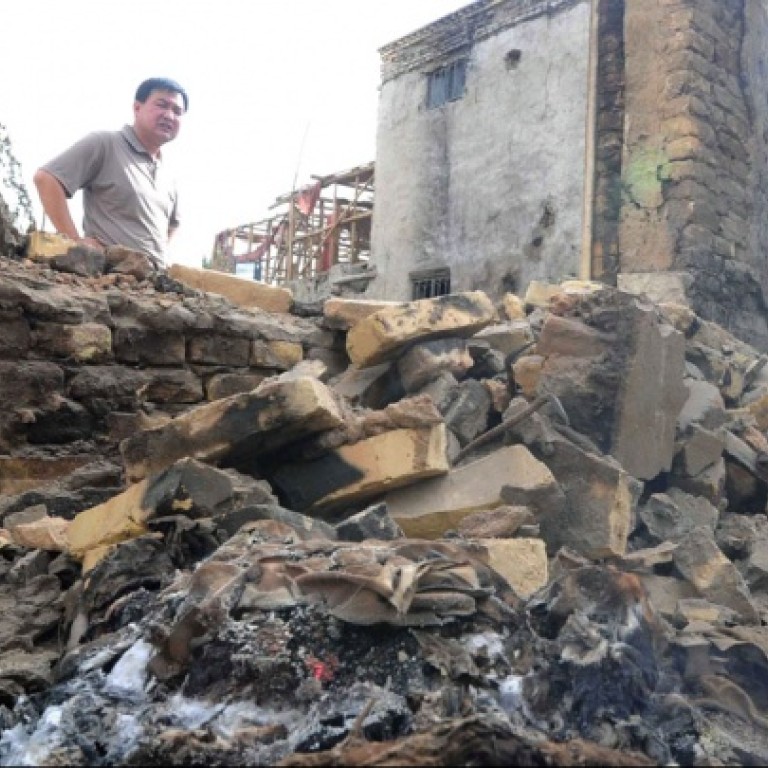
Fatal clash in Xinjiang shows cadres lack crisis awareness, analysts say
Local authorities said the clash that killed 21 was an attack by jihadists, although there was no proof of outside involvement
A violent clash in Xinjiang that left 21 people dead last week exposed a lack of crisis awareness among local officials and their inability to deal with ethnic and religious strife, analysts said.
Nine officials, six police officers and six ethnic Uygurs died in the incident on Tuesday afternoon in a town in Bachu county, Kashgar prefecture, about 1,200 kilometres southwest of the provincial capital, Urumqi, said Hou Hanmin, a Xinjiang government spokeswoman.
Hou said local authorities branded the clash a terrorist attack by "jihadists" plotting violence in the region, even though there was no proof that they were linked to external Uygur groups such as the East Turkestan Islamic Movement.
The incident started when three "community workers" who were patrolling a neighbourhood called a local police station to report that a group of men were behaving suspiciously in a local house. The trio were then taken hostage.
More police and community workers rushed to the house, where they were set upon by 14 men armed with axes and knives. Only one officer, the local police chief, was armed, with a pistol.
The Chinese edition of the said the police and workers, including the hostages taken earlier, were held in a room in the house which was set on fire when the police chief ran out of bullets. None survived.
Only when armed police arrived and killed six of the attackers and arrested the others did the situation return to normal.
Reports of the incident were met with public scepticism, with some asking why just one police officer armed with a gun was sent to an incident involving "suspected terrorists".
"The local government needs to make more details public about the incident," said Li Wei, director of the anti-terrorism research centre of the China Institute of Contemporary International Relations.
"But the clash also alerted local officials that they need to raise their crisis awareness as overseas terrorists could influence local Muslims using different channels, including the internet and telecommunications."
The incident reflected party cadres' failure to deal with ethnic and religious tensions, said Pan Zhiping , a professor of Central Asian affairs at the Xinjiang Academy of Social Sciences.
"The political and cultural awareness of local cadres has never kept pace with the development of Xinjiang and the realities of the region," Pan said, adding that the local government had meddled too much in ethnic and religious affairs.
"Frontline cadres shouldn't label Uygurs and other Muslims as 'jihadists', but learn how to use the positive elements of Uygur culture and religion to help maintain local stability."
The local government should also pay more effort to easing ethnic tensions between Han Chinese and Uygurs, said Jiang Zhaoyong , a Beijing-based expert on ethnic issues.
"More and more farmers from eastern rural provinces have moved to Kashgar and other poor areas in southern Xinjiang in the past decade, taking many job opportunities from local Uygurs," he said.
"How such developments spill over into ethnic hostilities is simply being ignored by the local and central governments."
Tuesday's incident was the deadliest in the region since July 2009, when Urumqi was rocked by days of fighting between Han Chinese and Uygurs that left nearly 200 people from both sides dead.
The incident shocked the central government, with President Xi Jinping reminding local governments to make "social stability" their top mission, the reported.

